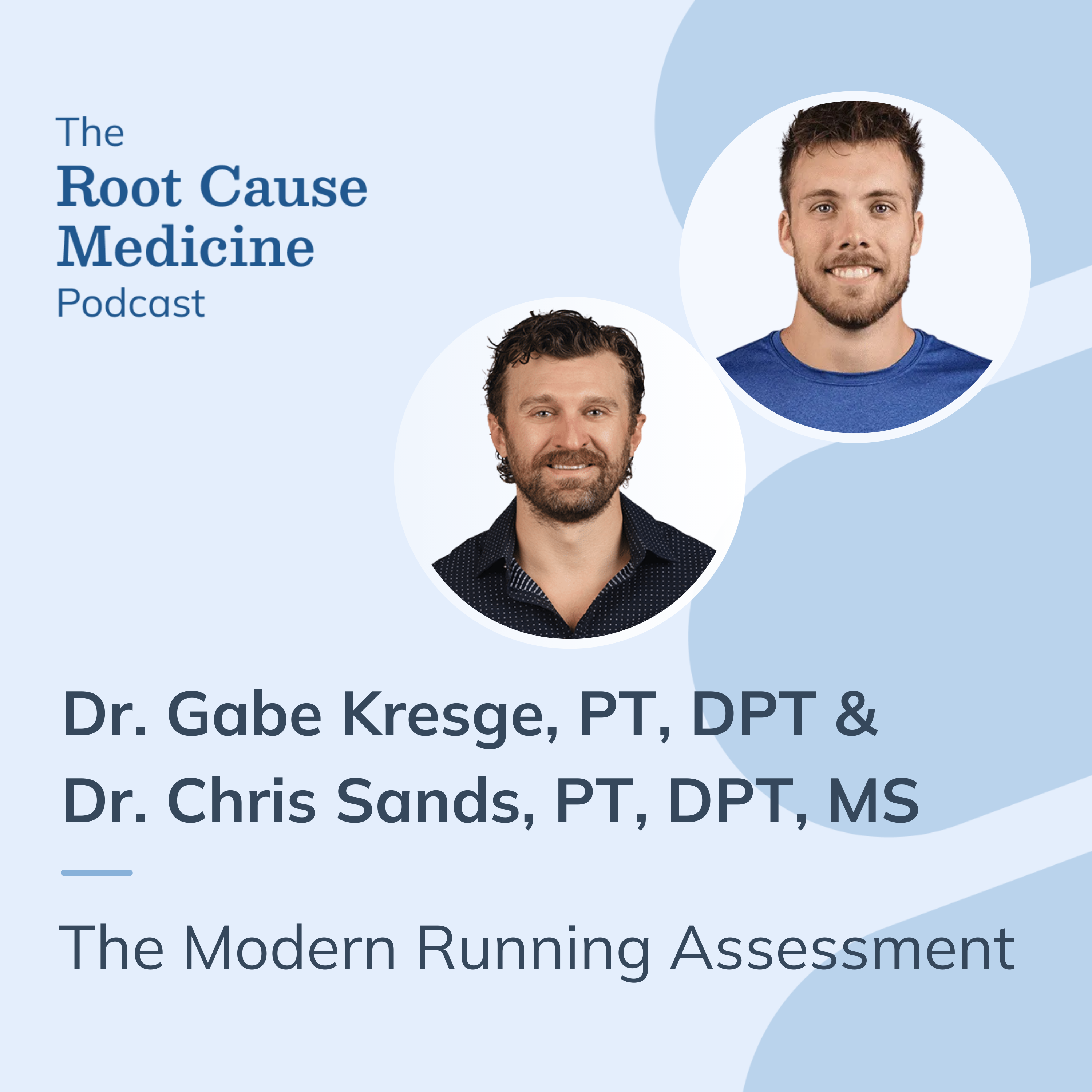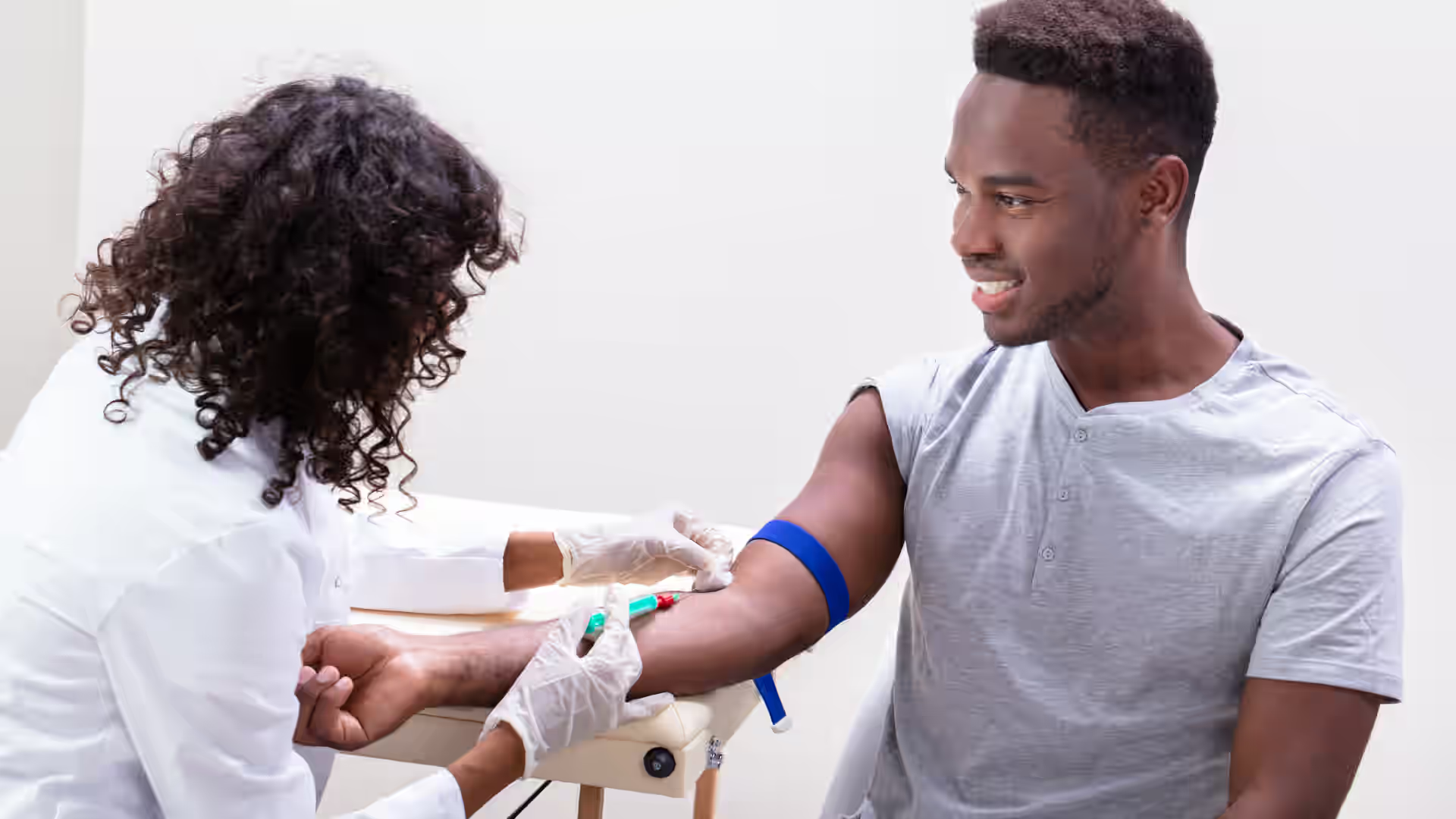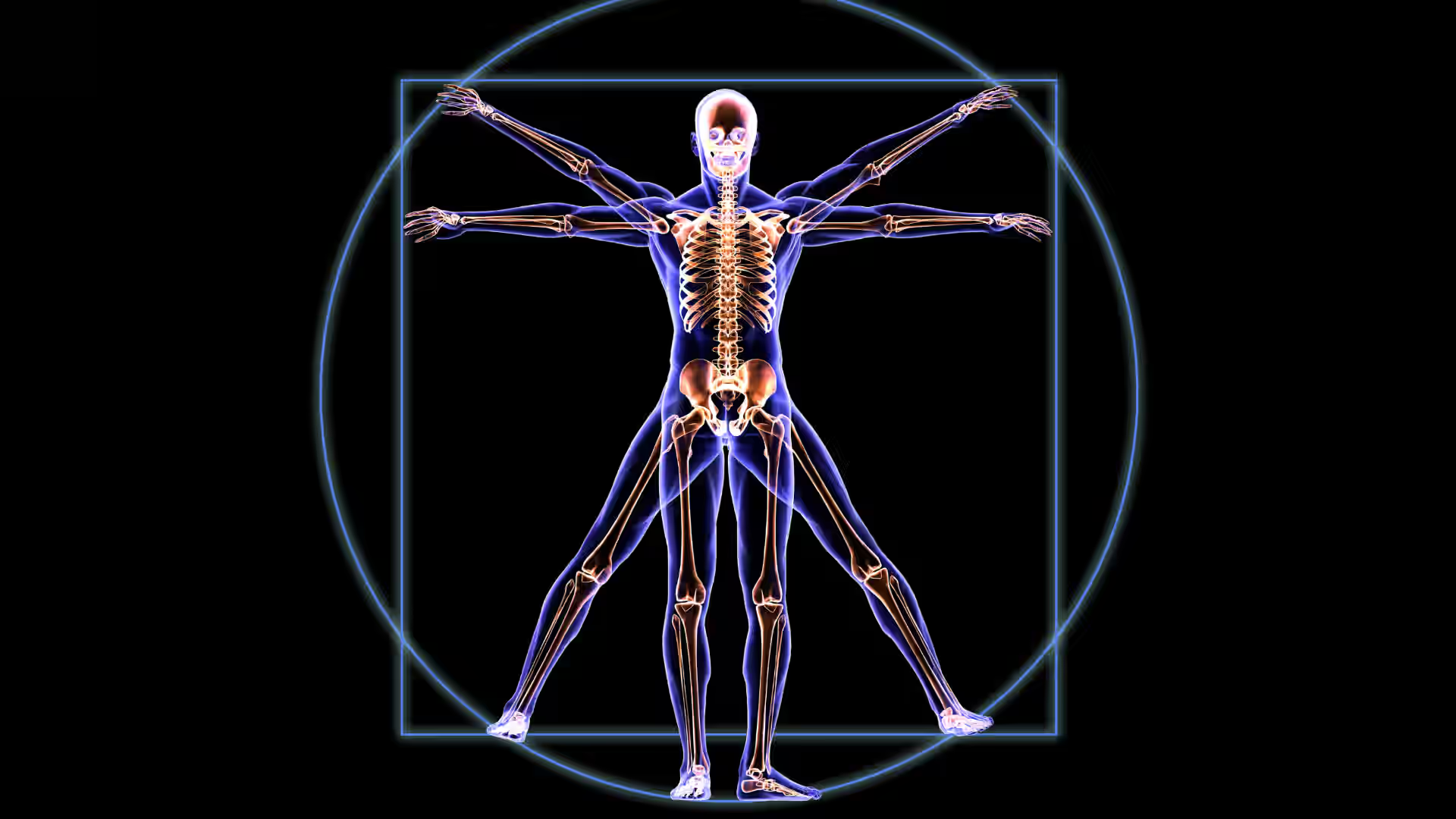Mastocytosis is a rare disorder, with an estimated prevalence of 1 in 10,000 and an annual incidence of approximately 1 in 100,000. Among its forms, cutaneous mastocytosis is the most common in children, often resolving spontaneously, but in adults, it can be persistent, symptomatic, and frequently misdiagnosed.
Given its overlap with more common dermatologic conditions, timely recognition is critical. This article will explore the clinical subtypes of cutaneous mastocytosis, differentiate pediatric from adult presentations, outline current diagnostic approaches, and review both conventional and integrative management strategies to enhance patient care.
[signup]
Understanding Cutaneous Mastocytosis
Mastocytosis is a rare disorder marked by the unusual accumulation of mast cells, a type of immune system cell that is generally a precursor to white blood cells or allergic activation cells. There are different types of Mastocytosis, including systemic mastocytosis, which affects the entire body, and cutaneous mastocytosis, which primarily affects the skin.
Cutaneous mastocytosis presents in one of three primary forms:
- Maculopapular cutaneous mastocytosis, also called urticaria pigmentosa. This looks like brown, freckle-like, or raised patches on the skin.
- Solitary cutaneous mastocytoma, also known as mastocytoma of the skin. Typically, only one small skin area is affected.
- Diffuse cutaneous mastocytosis. This is a widespread skin thickening and is usually seen on the entire person's skin.
There is also an extremely rare form called telangiectasia macularis eruptive perstans, which newer research suggests may not be a unique variant.
Cutaneous mastocytosis most commonly occurs in childhood, accounting for about 65% of cases, and often improves or resolves on its own over time. However, it can also develop in adults, typically appearing between the ages of 20 and 40.
Causes and Risk Factors
More than 95% of patients with cutaneous mastocytosis have a mutation in the KIT D816V gene. The genetic mutation causes an overproduction of mast cells in the skin. The mast cells are then easily activated to release histamine and other chemicals, often appearing like a severe allergic reaction.
While most KIT gene mutations are somatic (occurring in the skin itself) and are therefore not passed to a patient's children, there are rare cases of inherited KIT mutations resulting in familial mastocytosis.
While there are no documented environmental or lifestyle factors known to cause cutaneous mastocytosis, a related disorder, mast cell activation disease, can be triggered later in life by various environmental influences.
Pediatric vs. Adult-Onset
Pediatric cutaneous mastocytosis typically presents before the age of two. It presents as red to brown, sometimes yellow, skin lesions. These can be plaques or nodules, often appearing on the trunk and extremities.
Some lesions may show a positive Darier's sign (wheal and flare formation after rubbing) and are often associated with itching. Systemic symptoms like flushing, gastrointestinal issues, and even anaphylaxis can also occur.
Adult-onset cutaneous mastocytosis can be difficult to diagnose and is often misdiagnosed as allergic contact dermatitis due to the vagueness of symptoms and the lack of easily recognizable lesions.
In adults, cutaneous mastocytosis symptoms include:
- Skin redness all over the body
- A persistent and often intense itch, particularly around the lesions
- Abdominal pain, diarrhea, nausea, and vomiting
- Bone pain, fatigue, and other systemic symptoms
- Severe allergic reactions, especially if there's a history of anaphylaxis or if the mastocytosis is extensive
Diagnostic Approaches
Diagnosing cutaneous mastocytosis typically begins with a physical examination of the skin, followed by a skin biopsy. During the biopsy, a small sample is taken from a lesion and examined under a microscope to look for an increased number of mast cells. A positive biopsy confirms the diagnosis.
To distinguish cutaneous mastocytosis from more common skin conditions like eczema or psoriasis, clinicians focus on the density of mast cells in the skin. In some cases, genetic testing is performed to check for mutations in the KIT gene, which are often associated with mast cell disorders.
Because systemic mastocytosis (which affects organs beyond the skin) can present with similar symptoms, additional tests may be ordered to rule it out. These can include:
- Blood tests, including serum tryptase levels
- Ultrasound or bone scans
- Genetic testing for systemic markers
While elevated tryptase levels are more commonly linked to systemic forms, they can also occasionally appear in cutaneous mastocytosis.
Emerging diagnostic technology like reflectance confocal microscopy (RCM) is showing promise as a way of separating cutaneous mastocytosis from being misdiagnosed as lichen planus pigmentosus (LPP), fixed drug eruption (FDE), and café-au-lait macules (CALM). Ongoing research is exploring the full potential of this diagnostic tool.
Treatment and Management Strategies
Conventional medical treatments for cutaneous mastocytosis include:
- Corticosteroids
- Antihistamine creams
- Oral antihistamines, including H1 and H2 antihistamines
- Mast cell stabilizers such as Oral disodium cromoglycate
- Immunomodulators for severe cases
Integrative and holistic medicine may support the treatment of cutaneous mastocytosis, although they are not intended to replace conventional care, and more research is needed to support their use. Those approaches include:
- Eating a low-histamine diet
- Eating anti-inflammatory foods
- Herbal supplements, such as quercetin, may have anti-allergic immune effects, although research on using quercetin specifically for cutaneous mastocytosis is limited
While no direct research links stress reduction to improved outcomes in cutaneous mastocytosis, some integrative providers may recommend techniques such as yoga and meditation to support overall well-being and potentially help patients manage symptom flares associated with stress.
It’s important to remember that integrative and holistic therapies should be used as a complement, not a replacement, for conventional medical treatment. Clear and open communication among all healthcare providers involved in a patient’s care is also essential to ensure a coordinated, safe, and effective treatment plan.
Living with Cutaneous Mastocytosis
Cutaneous mastocytosis is often marked by trigger-related flare-ups. Therefore, it is important for patients, their caregivers, and medical teams to know what triggers affect them and how to avoid them.
Common triggers include:
- Heat and Cold: Temperature changes can trigger mast cell degranulation, leading to symptoms like itching, hives, and redness.
- Exercise: Physical exertion can activate mast cells and release histamine.
- Stress: Both physical and emotional stress can trigger mast cell release.
- NSAIDs: Nonsteroidal anti-inflammatory drugs can trigger histamine release.
- Opioids: Certain pain medications like morphine can also lead to mast cell activation.
- Alcohol: Consumption of alcoholic beverages can trigger histamine release.
- Insect Stings: Hymenoptera stings (bees, wasps, etc.) can be powerful mast cell degranulation triggers.
- Spicy Foods: Some individuals find that spicy foods can trigger symptoms.
- Skin Irritation: Contact with certain materials or irritants, as well as scratching.
Patients should have a plan in place for emergencies. This often involves carrying epinephrine rescue injectors (EpiPen). They can also inform employers and coworkers about their disease and their own triggers.
Frequently Asked Questions (FAQs)
Is cutaneous mastocytosis contagious?
No. Cutaneous mastocytosis is a gene mutation and cannot be transmitted to another person.
How is cutaneous mastocytosis different from systemic mastocytosis?
Cutaneous mastocytosis affects the skin, whereas systemic mastocytosis can affect internal organs.
Can children outgrow cutaneous mastocytosis?
Yes. About 60% of children will outgrow the disorder by the age of 10.
What lifestyle changes help reduce symptom flares?
Avoiding known triggers, such as excessive heat, scented products, and more, may help to improve patients’ quality of life.
[signup]
Key Takeaways
- Cutaneous mastocytosis is rare, most common in children but can persist or develop in adults, often requiring more complex care.
- Accurate diagnosis relies on clinical evaluation, skin biopsy, and sometimes genetic testing for KIT mutations.
- Treatment includes antihistamines, corticosteroids, and mast cell stabilizers, tailored to individual symptom severity.
- Integrative approaches like anti-inflammatory diets or stress-reduction practices may support overall well-being but should not replace medical therapy.
- Trigger management and emergency planning, including access to epinephrine, are essential for safety.
- Psychosocial support and patient education can improve quality of life and reduce the burden of disease.












%201.svg)







